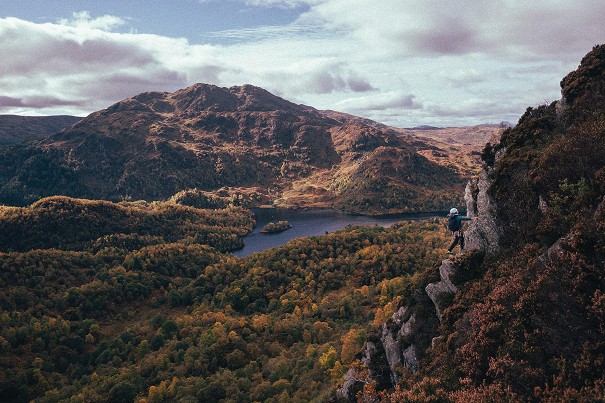
Destination Guide Lowland Outcrops - The Best Central Belt Crags for Outdoor Beginners
The long-awaited new edition of the SMC Lowland Outcrops guidebook is out. To mark its publication, the guide's author Topher Dagg looks at the area with fresh eyes, highlighting some of the best venues in Scotland's Central Belt for those just...

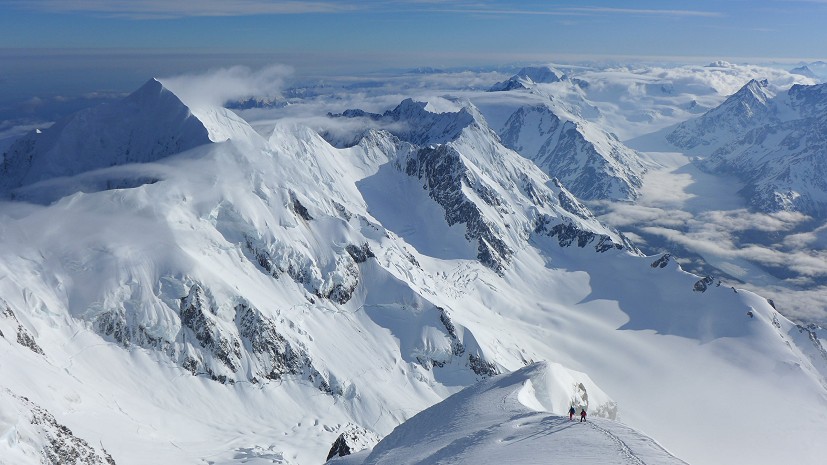
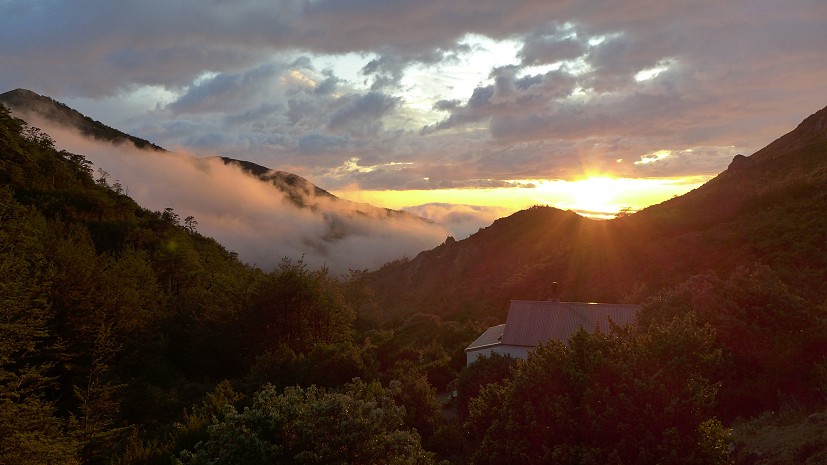
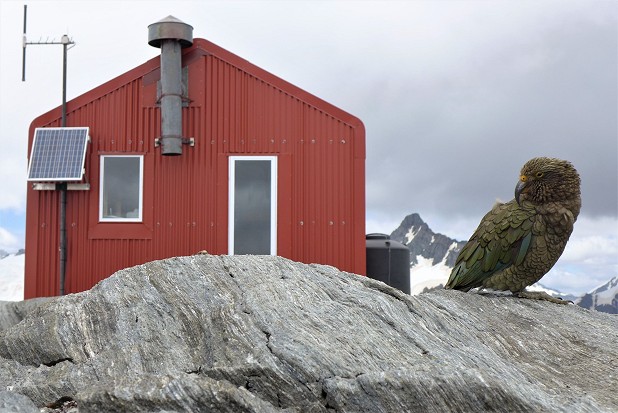

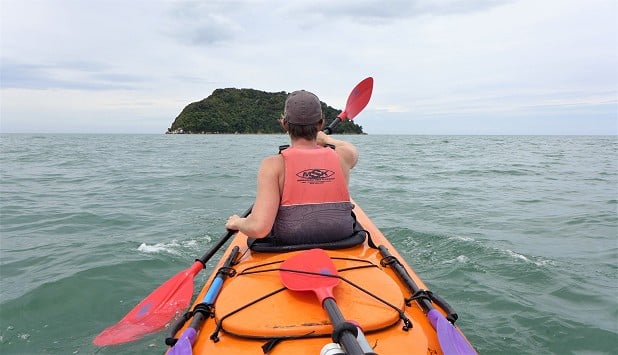
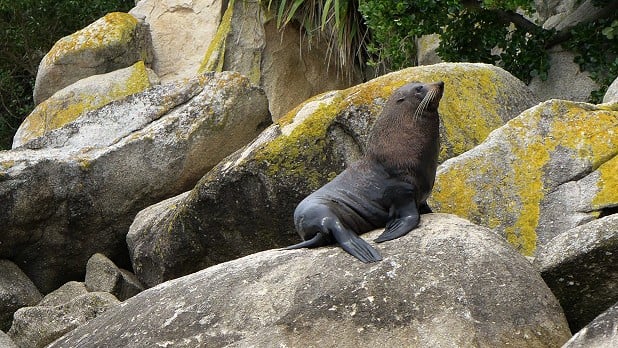

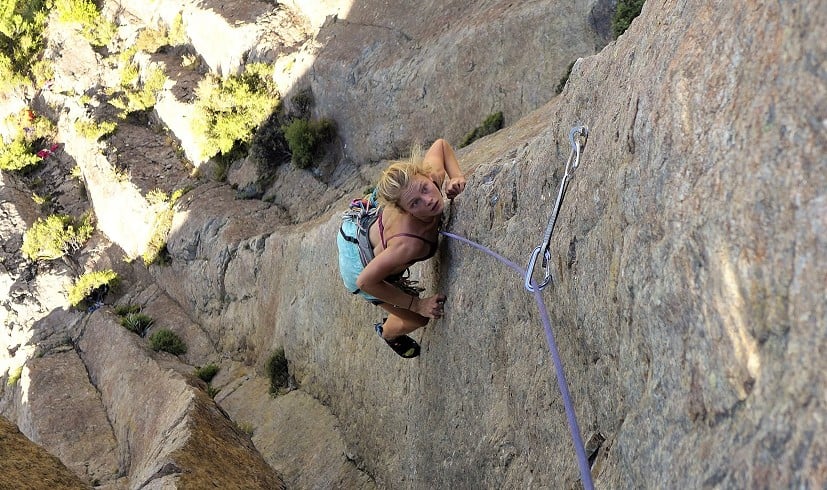
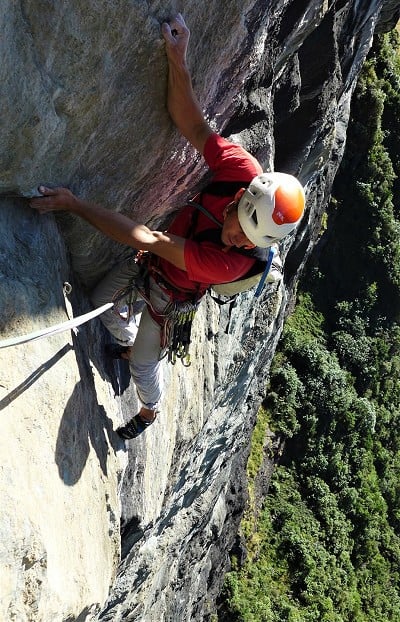
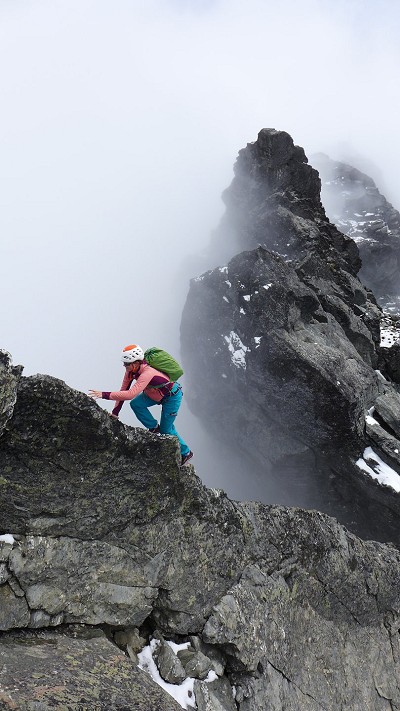

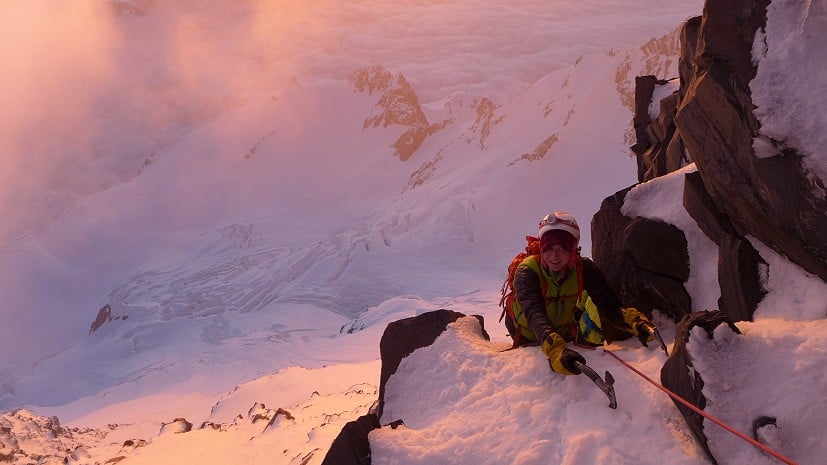
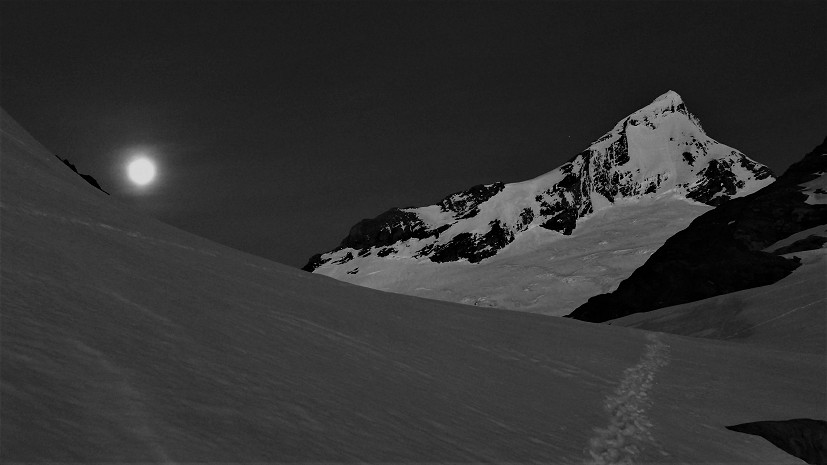




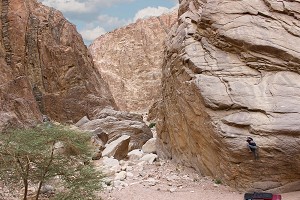
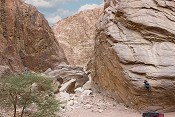
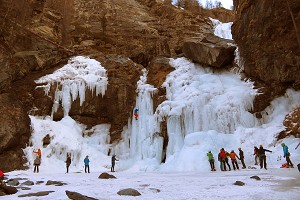
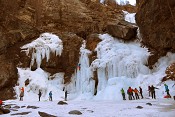
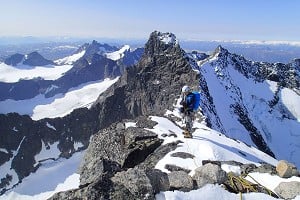
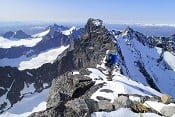
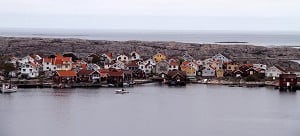

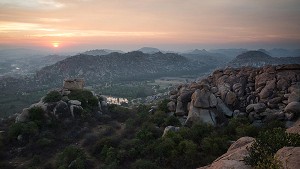

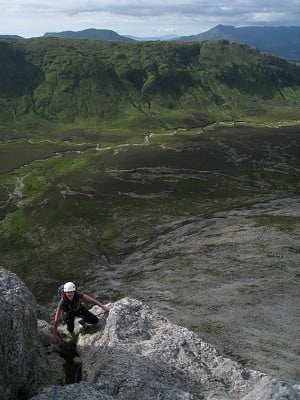
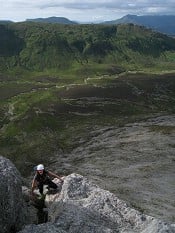
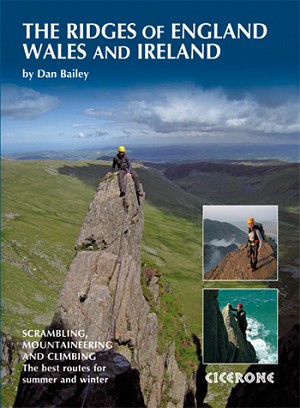
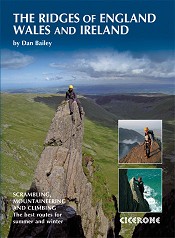


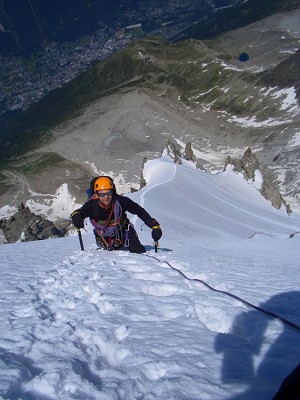
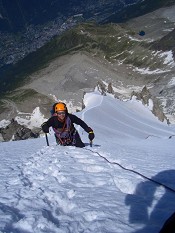
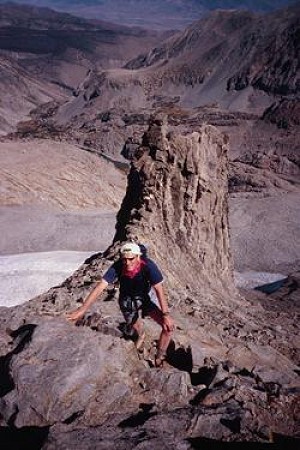
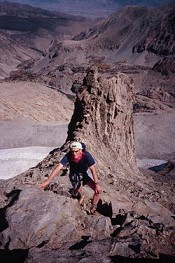
Comments
ahhhh home :) Lived away for a good few years now but have such fond memories learning to climb in the Port Hills, Mt Somers and many other superb crags dotted around. Sure there's not as much of an abundance of crags, but having a crag all to yourself, all day, only 20 minutes from your front door definitely makes up for it.
Great write up and quite right that an article doesn't do justice. More content like this please.
Good article, definitely agree about the paucity of info in route descriptions!
Just to confirm that Charleston on the upper West Coast is definitely worth a visit: great granite sea cliff climbing, some of the rare good NZ rock. In the same area, on the inland side of the road there is also an increasing amount of limestone river side climbing, around Bullock creek and other areas, which apparently is a bit more adventurous in its approaches, but gives 2 different rock types to go at in the same area.
I was going to say Charleston granite and the limestone sport too are worth a visit and definitely the limestone sport is getting visited by locals. I think the week-long SI rock tour spends two days at Charleston as well.
Also the Darran granite batholith is split by the Main Divide fault which is sliding apart inexorably over thousands of years. The other half went Notth and ended up as the Paparoa mountains. Quite a number of excellent granite mountains up there, one 10 pitch grade 19 (gives an idea of scale), but as usual access is a bit tricky (I will try and improve it ;) )
Sounds great, will I be able to see any of it from the Paparoa MTB trail in a few weeks, or is it quite distant still? Always good to know some quality mountain multi pitch in NZ.